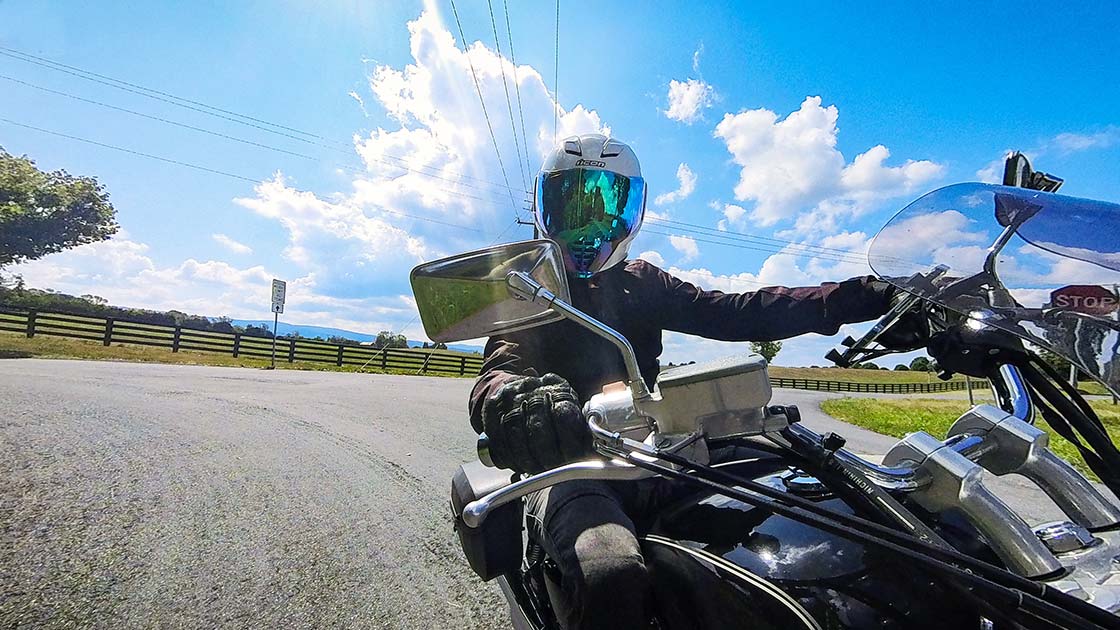It’s past time to require ABS on all motorcycles, IIHS-HLDI petition argues
November 13, 2023

The Insurance Institute for Highway Safety (IIHS) and Highway Loss Data Institute (HLDI) have filed a second petition with federal regulators for a mandate for antilock braking systems (ABS) on all new motorcycles.
In the 10 years since IIHS and HLDI first called on the National Highway Traffic Safety Administration (NHTSA) to require ABS on motorcycles, the 27 member states of the European Union, the United Kingdom, Brazil, Japan, Taiwan, Australia, New Zealand and India have all mandated the life-saving technology. Over the same period, manufacturers have voluntarily increased the proportion of new U.S. bikes that have ABS as standard equipment from 20 percent in 2013 to 59 percent this year.
Despite that step forward, 30-40 percent of new U.S. motorcycles still lack ABS, and lives have been lost as a result.
“Ideally, the U.S. should take a leadership position when it comes to safety regulations,” IIHS-HLDI President David Harkey said. “But at the very least, NHTSA should act swiftly to adopt the best practices when the rest of the world moves faster.”
The evidence in support of ABS has become even stronger since the first IIHS-HLDI petition. In the most recent IIHS study of motorcycle ABS — much broader than an initial 2013 analysis — IIHS Director of Statistical Services Eric Teoh found that the fatal crash rates for bikes with optional ABS are 22 percent lower than identical models without the technology. The benefits translate to all types of on-road motorcycles, from cruisers to supersport bikes.
Bolstering those findings, the latest HLDI research shows that the rate of collision insurance claims for motorcycles with ABS are 21-24 percent lower than for unequipped models. HLDI controlled for the riders’ automobile claim rates, disproving the notion that ABS only appears to have benefits because the safest riders are more likely to buy it.
The benefits of ABS aren’t news — or at least they shouldn’t be. Various European researchers linked motorcycle ABS to large reductions in injury crashes and fatal crashes in 2015 and 2016. Even before that, a strong body of research – including earlier studies by IIHS and HLDI – showed convincing benefits of ABS, leading to the organization’s first petition urging NHTSA to make it mandatory.
One possible concern is that ABS can worsen handling issues on gravel and other loose surfaces, but this weakness can be addressed in the rulemaking phase of regulation. An off switch could be allowed or required so that riders could disable ABS when riding on loose surfaces, for instance. An indicator light could also be required to remind riders to turn ABS back on when rejoining a paved roadway.
No technology can prevent every crash or fatality, and even with a government mandate it will be years before every motorcycle on the road is equipped with ABS. But with motorcyclist crash fatalities reaching a record high of 6,084 deaths in 2021, the latest year of data currently available, accelerating adoption with a well-designed regulation is crucial.